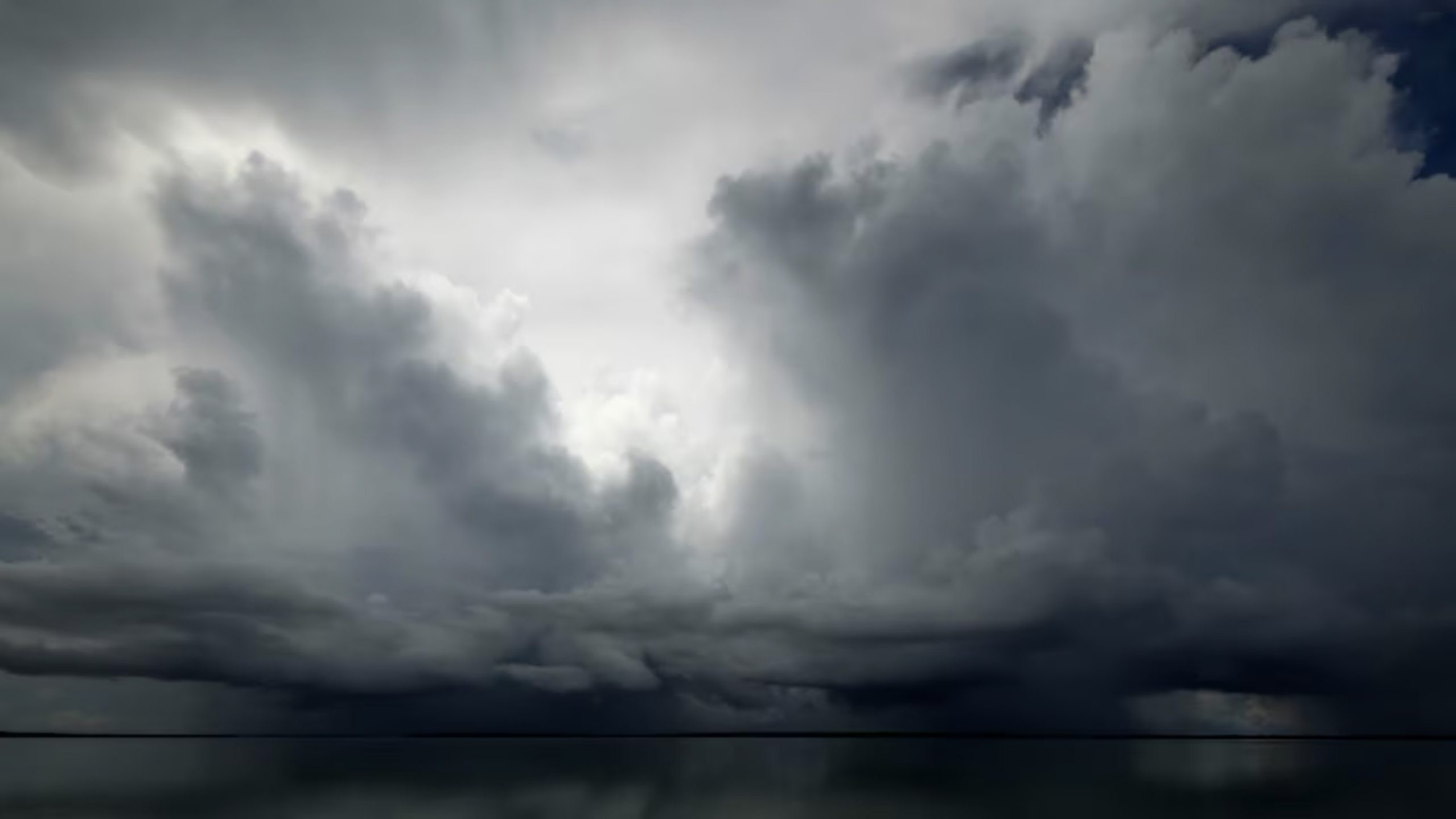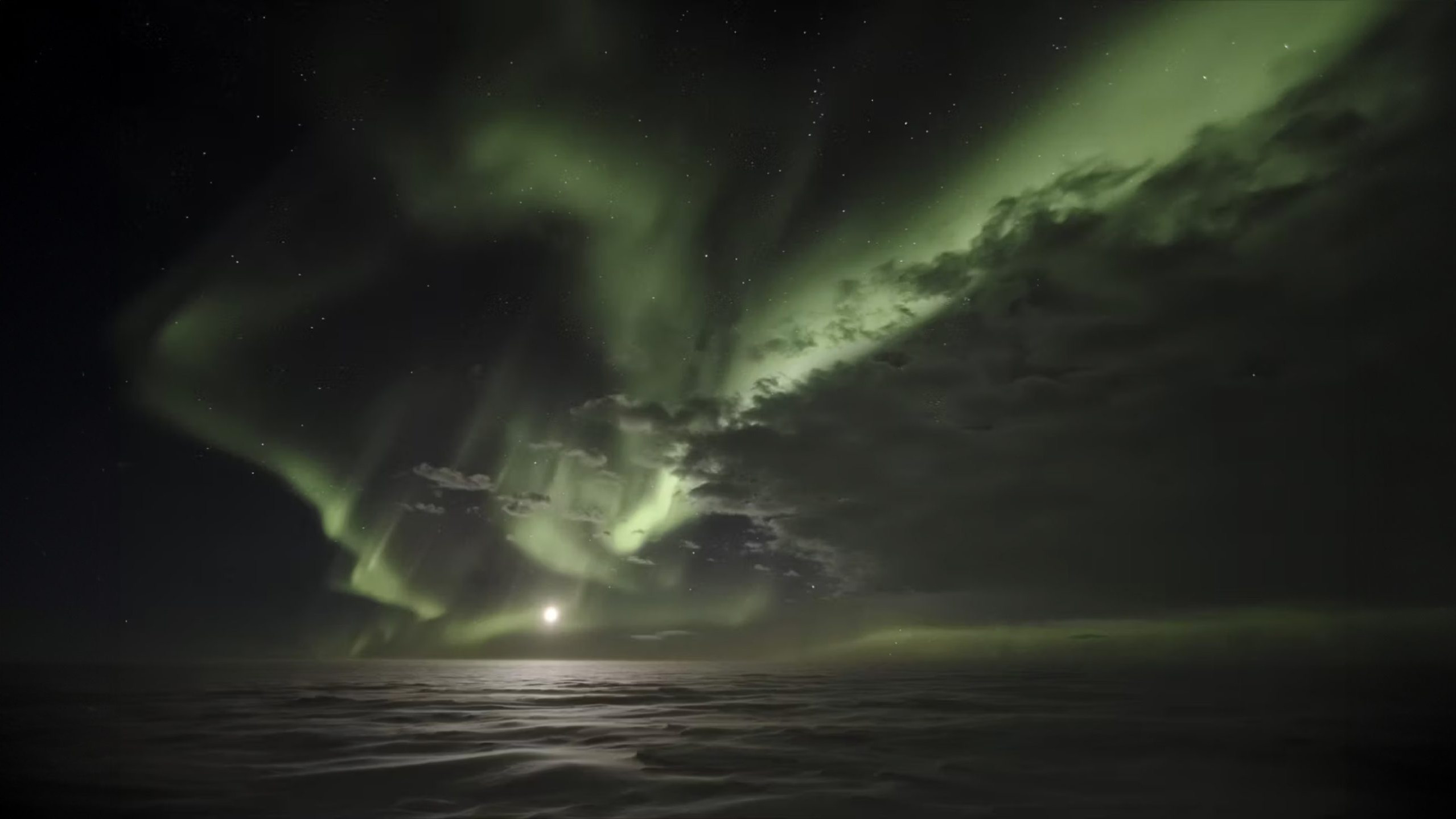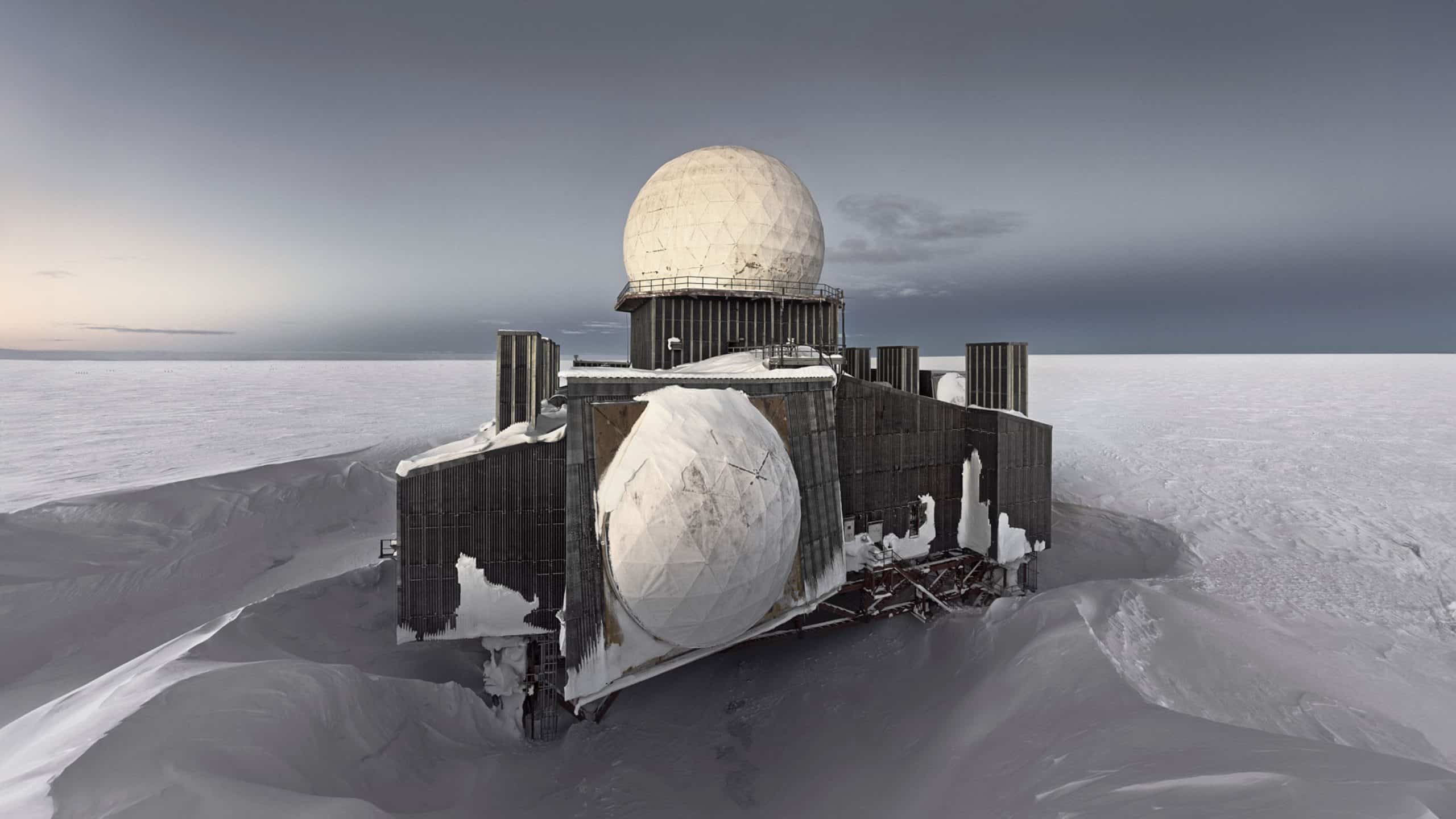Hector Video Work
Hector Video Work by Murray Fredericks 10min 42sec 1920x1080 Edition of 5
This time-lapse video work is part of the Hector Thunderstorm Project produced on the Tiwi Islands in Northern Australia.
Credits
Camera: Murray Fredericks
Editor: Lindi Harrison
Composer: Tommy Shutzinger
Special thanks to the Tiwi Land Council
BOREALIS (4min Excerpt)
BOREALIS (from the Greenland Icecap) 4 minute excerpt from the full 12min 37sec complete work. 1080x1660 pixels Edition of 5
Borealis 4min excerpt (full piece can only be played in gallery setting).
160 square meter video installation in large room with central double sided screen under blackout conditions.
Original score by Tom Schutzinger incorporating VLF (very low frequency) field recordings of the magnetosphere by Stephen P. McGreevy.
Credits
Camera: Murray Fredericks
Composer: Tommy Shutzinger
Special thanks to the Tiwi Land Council
DYE2 Video Work (4min Excerpt)
DYE2 (4 minute excerpt)The complete work is 10min 31sec and is installed on three large screens. Edition of 5.
From the Curator of The Australian Centre for Photography, Claire Monneraye:
In March 2010, Fredericks undertook a journey to Greenland, where he has returned a further five times since. From east to west, crossing the Greenland Ice Sheet by dogsled, often in precarious conditions, the project evolved beyond the representation of the environment’s spectral vastness to contemplate the fading of history.
Built in the 1950s as part of the early-warning air defence system that stretched across the far north of Canada, the now- abandoned missile detection facility DYE 2 is reminiscent of a time that seems to hover between past and future. Within the remoteness of this surreal landscape, the artists have focused on the structural geometry of the dome of the radar station. Futuristic and yet obsolete, it becomes a receptacle for the artists’ infinite visual and sound explorations. A disconcerting kaleidoscopic image invites the viewer to lose their spatial bearings before entering the gallery space.
Equally immersive and mesmerising, the soundscape of the work echoes the visual experience through allowing a further reflexive contemplation. The dome of the station becomes the catalyst for multiple sounds that suggests that the division between past and future, real and imaginary is only an illusion. Anecdotal interviews from some of the station’s past workers, songs by The Russian Red Army Choir, charged excerpts of Charlie Chaplin’s monologue in The Dictator (1940) and speeches by John F. Kennedy, Ronald Reagan and Ghandi on human politics and international peace reverberate within the space and resonate endlessly with ambient sounds of ice melting, wind blowing and the expansion and contraction of the structure’s metal framework. The audio layering merges wholly with Schutzinger’s absolute sound pieces. Composed off-site, he broadcasted the pre-recorded melodies into the dome where he re-recorded them within this new ethereal context.
Going beyond the literal documentation of an adventurous journey and transcending the subject and the place they encountered, Fredericks and Schutzinger propose a hypnotic piece in which visual and sound elements complement each other in their most intricate strata. Through abstraction and slowness, DYE 2 is an invitation to ponder our relation to time and place and alludes to a liminal space where history and politics have dissolved in an unbounded void.


